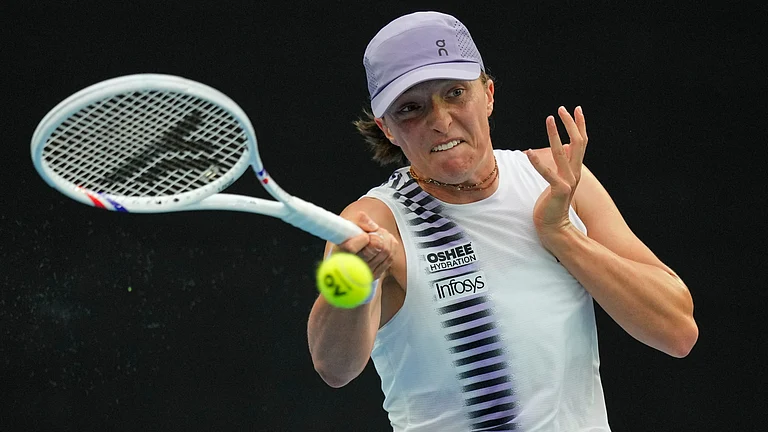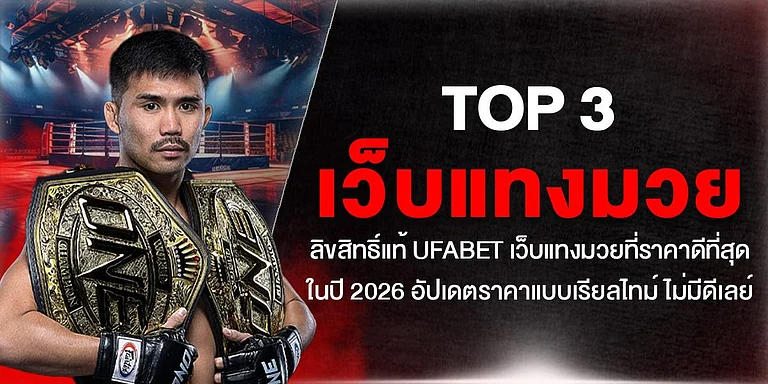Buckling under pressure from two successive attacks (March and April 2017) by the Maoist guerrilla, the security forces have been trying to cope up with several changes. Some have come from the Centre, some from their own state. D.M. Awasthi, special director-general (anti-Naxal operations), Chhattisgarh, discusses why it is important to use local personnel in counter-insurgency operations, aiming for valuable surrenders and commits to restoring law and order functions in police stations in the red corridor, where thanas have increasingly become like security barracks and there is limited or no access to justice.
There were attacks on security personnel who were providing cover during the construction of roads along Injiram-Bheji and Dornapal-Jagargonda. What is the importance of these two roads on security and development?
These two roads are built under a government scheme with a mandate to link all areas that are under Maoist control or where they had damaged the roads down the mainstream. There are 20 such roads in Chhattisgarh. The public works department put out tenders for these two roads around 20 times, but nobody bid for them due to fear of the Maoists. Eventually the PWD backed out. The Police Housing Corporation (PHC) had built new police stations in these areas and when the government approached me, as the PHC managing director, I agreed to bid for the project in November 2015. The PHC was to complete the 13-km Injiram-Bheji by April so they attacked in March, but I think we will inaugurate the road by June 30. We would also have finished our 48-km portion of the 56-km Dornapal- Jagargunda by this December, but now it has been delayed. These are not for use in operations, but for the development of the area.
After these two attacks, what all are you changing on the ground?
We were preparing to deal the Maoists a major blow within a month or two, but luck favoured them and they struck first. The attacks were on ‘road opening parties’ who were giving security cover to construct the roads. The personnel were a little complacent, because there has been no major attacks since construction began except for a few IED blasts that left minimal casualties. When you follow the same routes and practices regularly, the threat perception increases. The Maoists observed them fall into a routine and the jawans became an easy target. We have to be careful when sending forces for security cover for roadwork and also for VIPs. There are also minor adjustments made to operational strategy, which we cannot reveal now.
The DRG seems to be the striking force in all your operations.
Since I joined last year, I have changed the strategy and all hit teams include both the DRG and the STF. Sometimes we have combined with CoBRA (Commando Battalion for Resolute Action under the CRPF) and that has always been very successful when there are backup forces to cut off reinforcements. The DRG is a local force of mostly tribals. It includes surrendered Maoists and direct recruits who are specially trained and used for these anti-Naxal operations. We are trying to increase the focus on DRG.
Is the use of local forces something learnt over time on observing forces in other states?
For success in a counter-insurgency, you must use your own force. In Chhattisgarh, we must use Chhatisgarhi forces. Whatever we are getting as support from the CRPF, BSF, ITBP is a major support and they have created security zones in areas where we didn’t have a foothold. But, in the last one-and-a-half to two years, all the operations have included the DRG and STF. Contrary to media reports that the state police doesn’t go for any operations, no paramilitary force was sent alone for counter-insurgency.
Does speaking Gondi play an important role in your security operations?
Knowledge of local language, climate, terrain and culture is very important. When outsiders, say from UP or Bihar, go in for operations and see a congregation, they might view it as an assembly of Naxals. The local forces will be aware if whether they have assembled for some local festival, wedding or cultural event.
But, sometimes the locals in the DRG also have personal scores to settle…
There were some such reports in 2015 from Bijapur and other places. But in the last two years, we have not received many such complaints. We have issued instructions that they are part of the regular police force and not Salwa Judum or special police officers, so they have to abide by the conduct and other rules for the police. Recently, there was a case in Jagdalpur involving a local DRG personnel, which we investigated and sent the accused to jail.
A number of surrenders of Maoist militia has seen some controversy. So what about Podium Panda’s transfer?
Since 1998, Panda has been working with Maoists. In the last 18 years, he was part of their Jan Militia. He was a middleman for politicians, journalists and others who wanted to meet with Maoists. We had this information, but now he has admitted this himself. He has also said that he fired a few rounds during the April 24 attack in Burkapal. He is a valuable surrender, but we will judge once it comes up before the committee.
Despite your assurance, why didn’t the Sukma SP let us meet with Panda?
There is interest in Panda because he named people such as Nandini Sundar and Bela Bhatia. There are surrendered Maoists who are much more valuable here in Raipur, but nobody has asked to interview them. When Maoists surrender before the police, we have to ensure their security. Last week, the Maoists killed a cadre who had surrendered six months ago. If we let Panda go, he will be eliminated. At the high court, he admitted that he had surrendered and the judges accepted it during the hearing of habeas corpus. There was a recent sting operation by a television channel on the Sukma SP and he has been under tremendous pressure because of his comments, perhaps that’s why he refused. We have only conveyed Panda’s statements and we have not said that we will pursue a case against Sundar or the others based on the information.
Surrendered militia go back to counter-insurgency ops. Wouldn’t other forms of rehabilitation have been better?
A few have gone back to farming and so on. Most of them were picked to join the militia at a very young age and this is all they have learnt. They have no education and so they want to go back into the counter-Naxal ops. I have met a lot of male and female cadre who have worked there and they have discarded the ideology. Many told me that after more than a decade of carrying a dream, they are disillusioned with Maoism and see no possibility for a revolution. Bullets and security will go so far, but there has to be education and development for the ultimate solution and transformation.
Apart from militia, there are others who follow the ideology and have surrendered. Are you able to discern between the armed and unarmed members of the CPI-Maoist?
There are many non-military cadres who surrender and we have tried to incorporate them into skill development programmes so that they can have means of livelihood. Last year, 1,200 people surrendered but quality surrenders are important. Members who are part of the urban network may also sometimes be more valuable surrenders.
The police stations in Maoists areas are very difficult to approach for law and order issues…
Last year, I gave directions to the SPs of these districts to tighten law and order in the police stations because (counter-insurgency) operations alone won’t help. The core areas are yet to see some improvement on this. After the recent attack, the policemen view all locals as Maoists. By the end of this year, we will ensure that all police stations are functional especially for common people because the basic unit of police is the thana. I have sent a letter to the government that whatever money has been left over from the construction of the larger police stations can be used to build smaller ones. Right now, some of the police stations are like shanties. You cannot blame the SPs because they also remain busy with counter-insurgency operations. Last year, I wrote a letter alerting authorities on the matter.


























